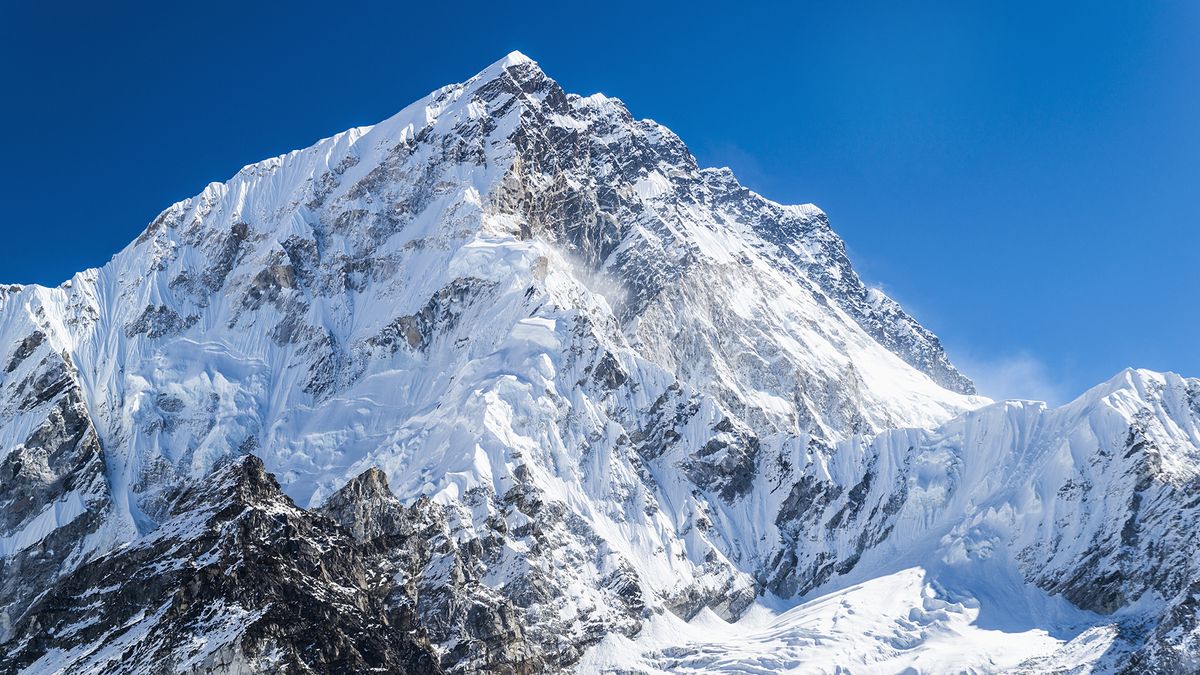 TRENDING
TRENDING
Mount Everest: The World’s Highest Peak and Sacred Symbol of Nepal
Mount Everest, known as Sagarmatha in Nepal and Chomolungma in Tibet, stands at 8,849 meters as the highest peak on Earth. It symbolizes adventure, spirituality, and the enduring power of nature while shaping Nepal’s tourism and culture.
The Peak of Heaven — Sagarmatha and Chomolungma
Mount Everest, known locally as Sagarmatha in Nepal and Chomolungma in Tibet, stands tall as the highest mountain on Earth, reaching 8,849 meters (29,032 feet) above sea level. Nestled along the border between Nepal and the Tibet Autonomous Region of China, Everest continues to symbolize adventure, spirituality, and human endurance.
First conquered in 1953 by Sir Edmund Hillary of New Zealand and Tenzing Norgay Sherpa of Nepal, Everest remains the ultimate challenge for climbers worldwide. To date, more than 7,600 mountaineers have reached its summit, while nearly 300 have lost their lives in the attempt.
Geology and Formation of Mount Everest
Formed over 40 million years ago, Mount Everest emerged from the collision of the Indian and Eurasian tectonic plates. This immense geological force pushed up the Himalayas, creating the majestic peaks that crown the world today.
Everest is composed of metamorphic rocks, granite, and marine limestone—remnants of the ancient Tethys Sea. The prominent Yellow Band, visible near the summit, marks the fascinating story of the Earth’s deep-time evolution.
The Harsh Climate and Glacial Landscape
Everest’s slopes are permanently covered in ice and snow. Major glaciers such as the Khumbu Glacier, Kangshung Glacier, and Rongbuk Glacier shape the landscape and supply the region’s rivers.
The Khumbu Icefall, located on the South Col route, is considered one of the most dangerous sections of any Everest expedition. Climbers face hurricane-force winds, extreme cold, and oxygen levels only one-third of those at sea level.
Cultural Significance and Local Beliefs
To the people of the Himalayas, Everest is not just a mountain—it’s a sacred symbol of divine power. In Tibetan, Chomolungma means “Goddess Mother of the World,” while in Sanskrit, Sagarmatha translates to “Peak of Heaven.”
For the Sherpa community, Everest is home, history, and livelihood. Generations of Sherpas have guided climbers, showcasing unmatched courage and resilience that have become the backbone of Nepal’s mountaineering heritage.
The Spirit of Climbing Continues
From the Khumbu Icefall to the South Col, every route to Everest’s peak tells stories of triumph and tragedy. In recent years, record-breaking climbers like Kami Rita Sherpa, who has summited 31 times, have kept the spirit of Everest alive.
As global tourism revives, Nepal continues to promote sustainable mountaineering and eco-tourism, ensuring that Mount Everest remains a beacon of exploration and respect for nature.
Weather Update: Clear skies, moderate winds; temperature -25°C at summit
Peak Altitude: 8849 m
Risk Level: High
Expedition Info: Historical data; first ascent by Hillary & Norgay, 1953